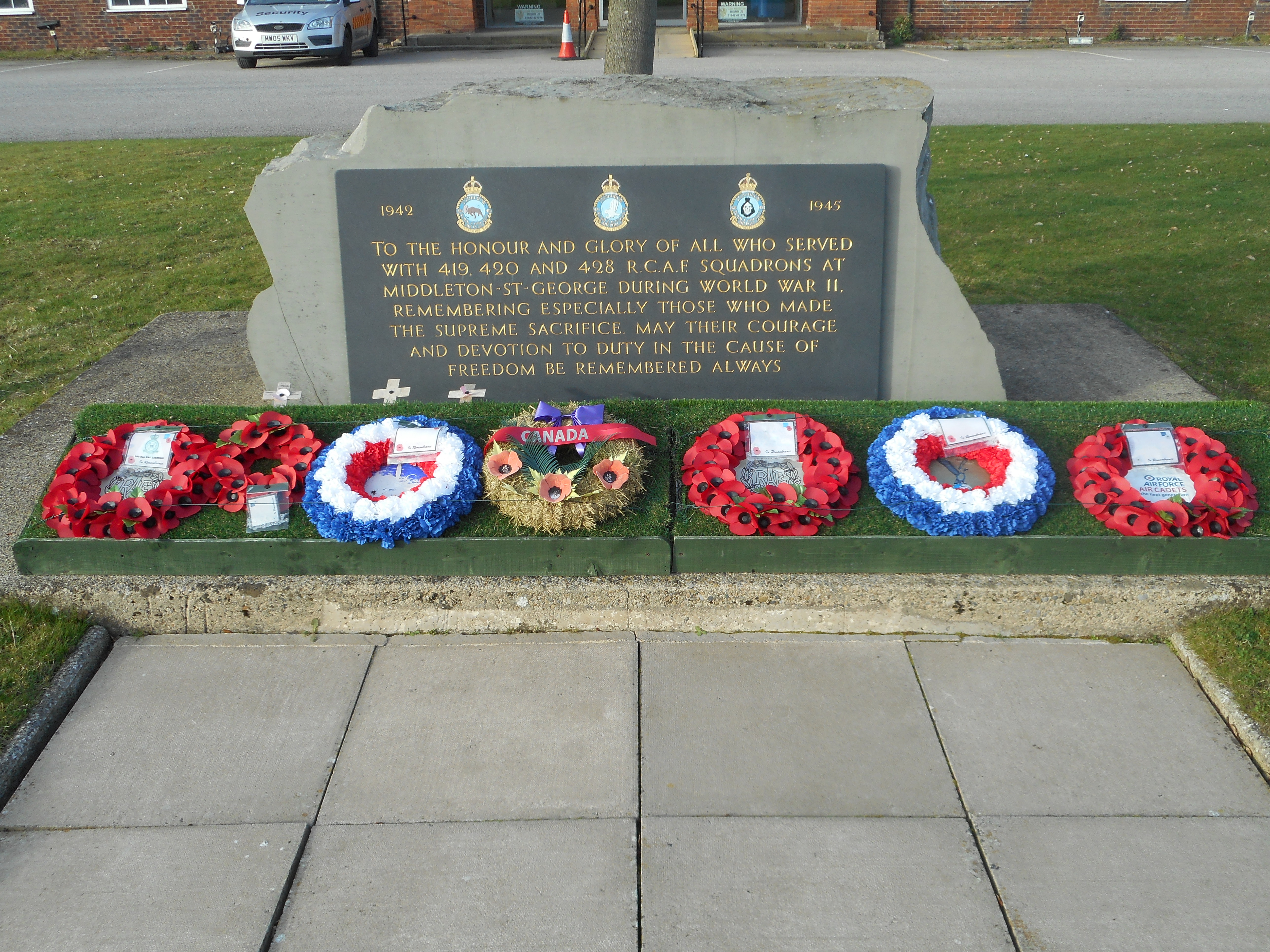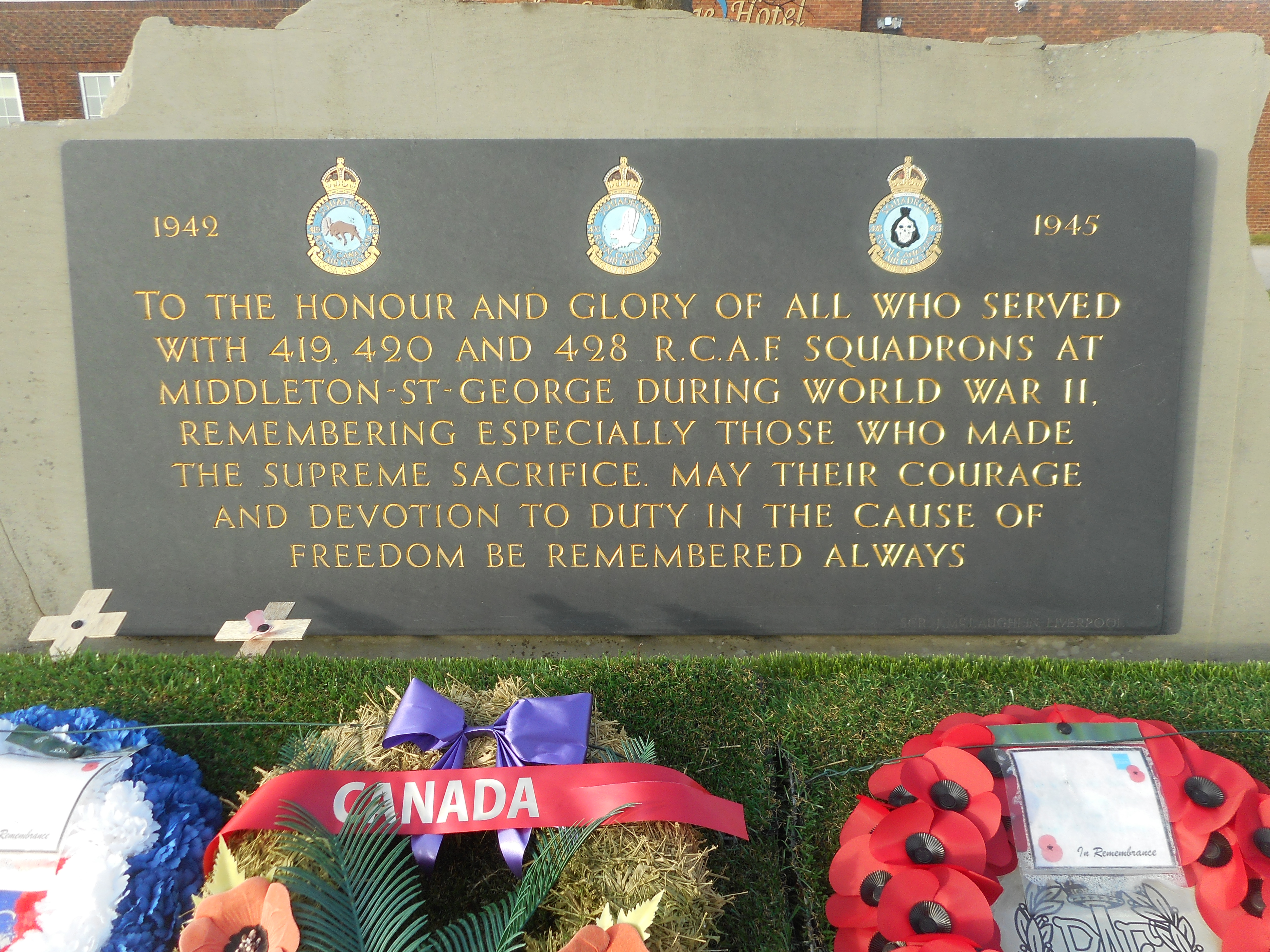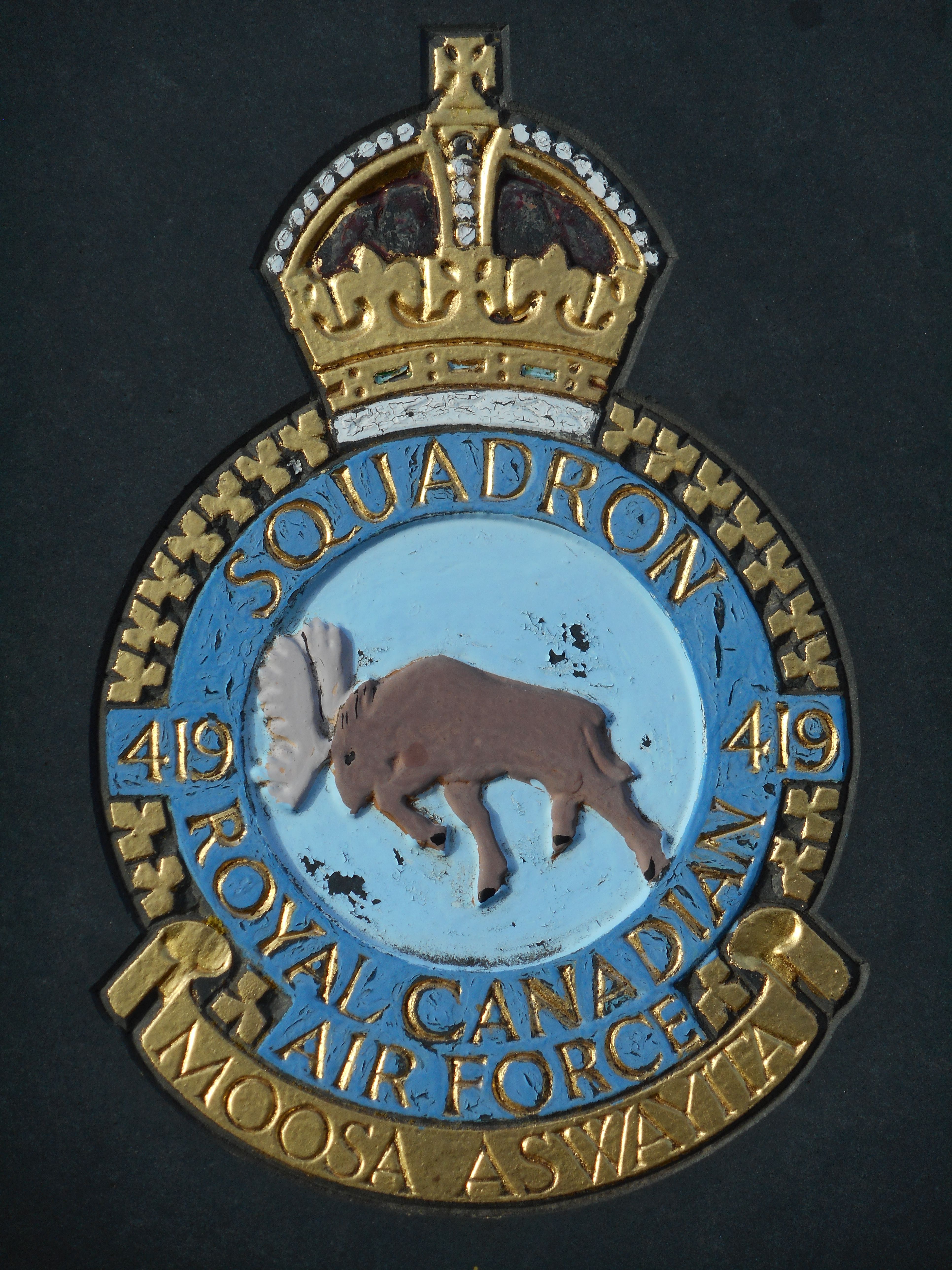Lloyd, David Allen
Personal Information
| Rank | Sgt |
| Forename(s) | David Allen |
| Surname | Lloyd |
| Gender | M |
| Age | 23 |
| Date of Death | 18-08-1943 |
| Next of Kin | Son of Allen and Sarah Elizabeth Lloyd, of Wrexham, Denbighshire. |
Aircraft Information
| Aircraft | Handley Page Halifax II |
| Serial Number | JD163 |
| Markings | VR-N |
Memorial Information
| Burial/Memorial Country | United Kingdom |
| Burial/Memorial Place | Runnymede Memorial |
| Grave Reference | Panel 157. |
| Epitaph |
IBCC Memorial Information
| Phase | 2 |
| Panel Number | 200 |
Enlistment Information
| Service Number | 1112720 |
| Service | Royal Air Force Volunteer Reserve |
| Group | 6 |
| Squadron | 419 (Moose) |
| Squadron Motto | Moosa aswayita |
| Trade | WOp/AG |
| Country of Origin | United Kingdom |
Other Memorials
| Location | Outside Former St. Georges Hotel, Teesside Airport, County Durham |
| Country | United Kingdom |
| Memorial Type | Inscribed Slate Memorial Tablet on Stone Memorial |
| Memorial Text | A memorial to Nos 419, 420 and 428 Sqns RCAF who flew from RAF Middleton St George during WW2 |
Commonwealth War Graves Commission
The National Archives
| Record of Events (Operational Record Book) AIR 27/1822/38 |
| Summary of Events (Operational Record Book) AIR 27/1822/37 |
Fellow Servicemen
Please note that this list gives all the losses aboard the quoted aircraft and occasionally these may have occurred on an earlier date when the aircraft was not itself lost. Please check the dates of death carefully.
Last Operation Information
| Start Date | 17-08-1943 |
| End Date | 18-08-1943 |
| Takeoff Station | Middleton St. George |
| Day/Night Raid | Night (93% moon) |
| Operation | Peenemünde (V2 rocket research facility). 596 aircraft, 40 losses (6.7%). This raid was deliberately carried out by moonlight to increase the chances of success, and this undoubtedly contributed to the high level of losses incurred. A Master Bomber was used for the very first time and this raid was also unusual in that almost the entire capability of Bomber Command was engaged on such a small target. There were three target areas- the living quarters, the rocket factory and the experimental station. PFF used a special plan to shift the marking from one target to the next as the bombing progressed to ensure maximum precision. Both the Master Bomber approach and the target marking strategy worked well and a Mosquito diversionary raid drew off most of the night-fighters in the first two phases. 560 aircraft dropped almost 1800 tonnes of bombs and the V2 program was said to have been set back two months as a result. Most of the aircraft losses were incurred in the last phase when the German night-fighters had reformed over the target. They used Schräge Musik for the first time aboard Me110s. Results were impressive given that 5 Group Lost 14.5% of its number and 6 Group some 19.7%, both of which made up the third phase. |
| Reason for Loss | Last heard over w/t off the Norfolk coast Despite an extensive search, no trace was found |



